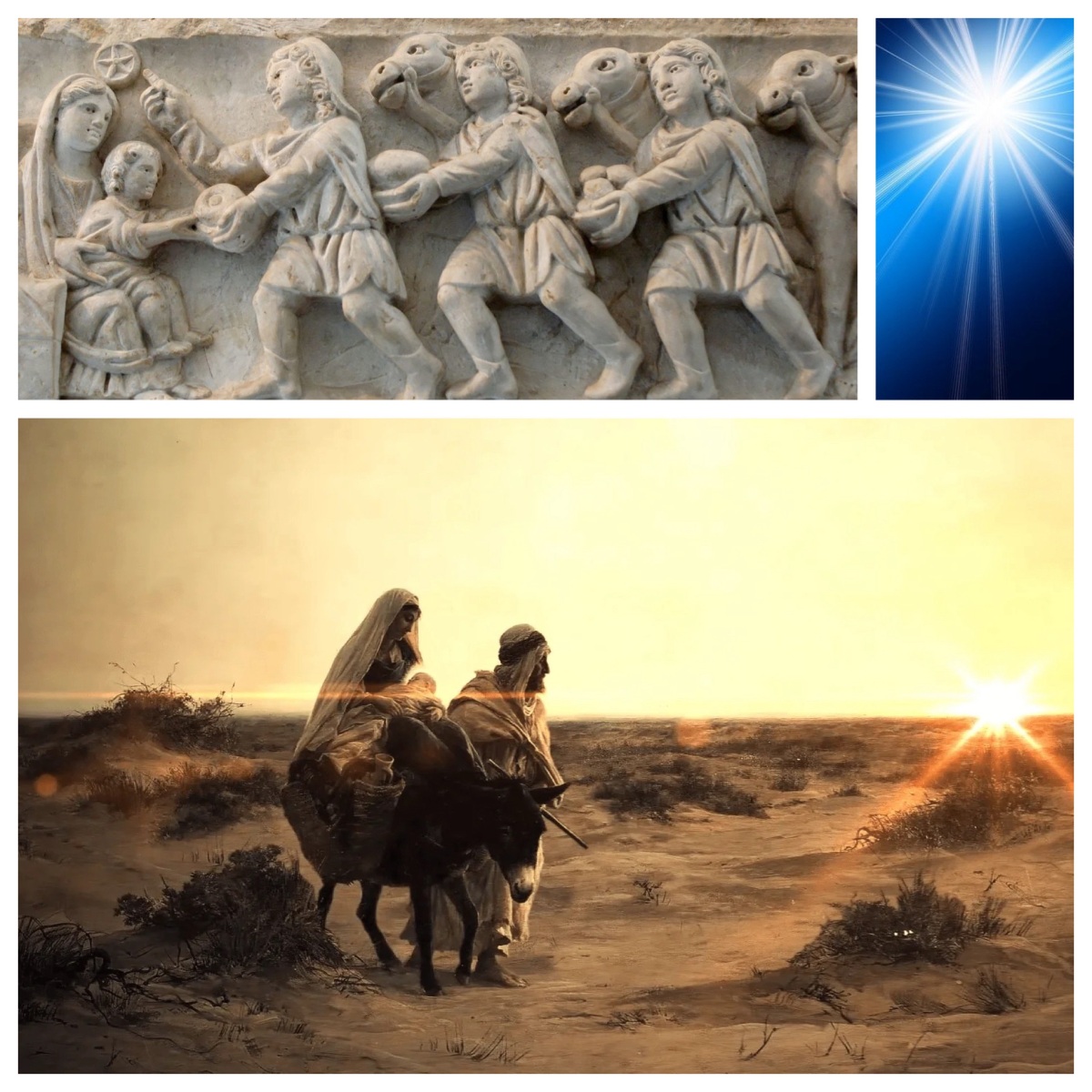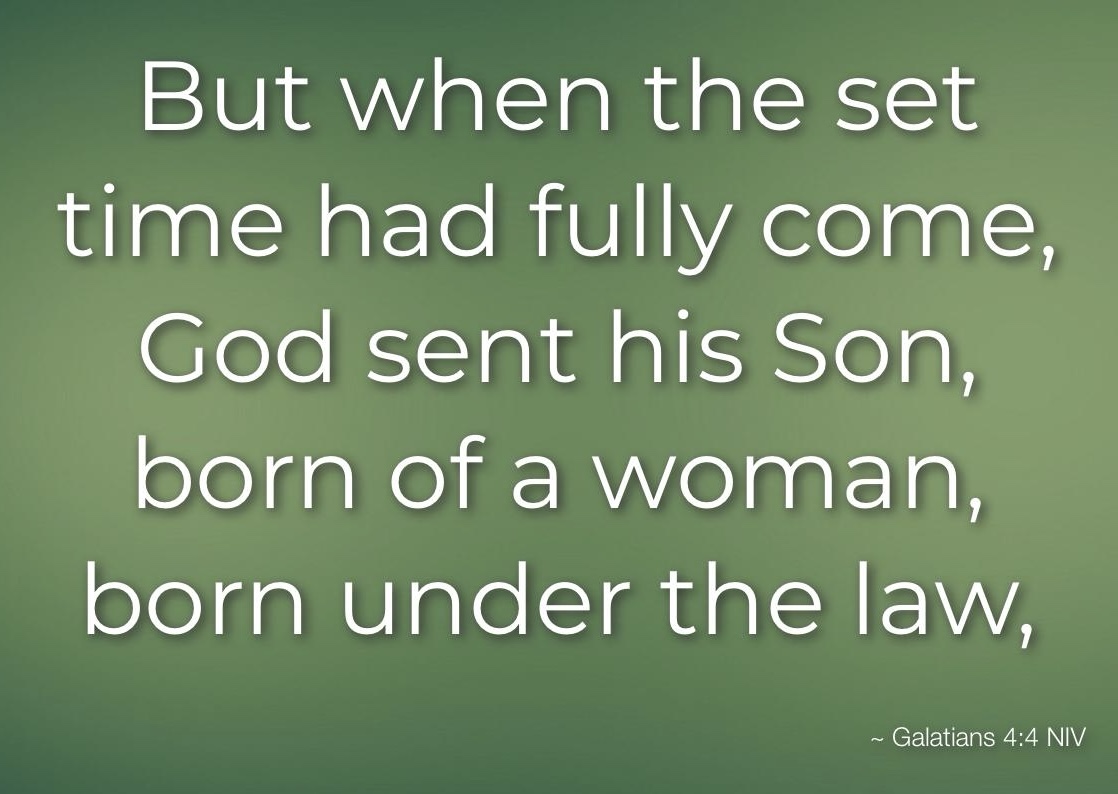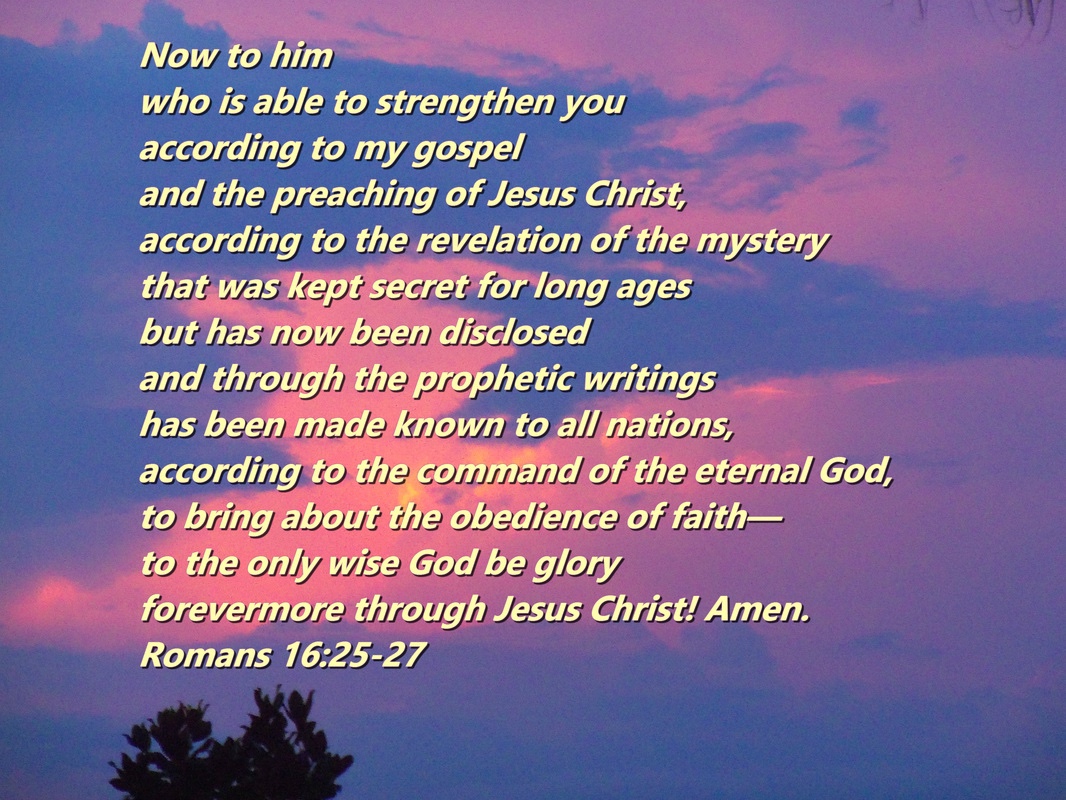Each year, on the Feast of the Epiphany (6 January), we hear the story that is told in the book of origins (the Gospel according to Matthew) about the infant Jesus, the magi who travel with gifts to offer him, and the tyrant Herod (Matt 2:1–12). We usually stop the story before the account of the slaughter of children which Herod orders, and the flight into Egypt which Jesus undertakes with his mother, Mary, and his father, Joseph (Matt 2:13–18).
The much-loved Christmas story, found only in the orderly account of Luke, says nothing of any such high-status visitors to the newborn Jesus. The magi appear only in Matthew’s account. The actual birth of Jesus is mentioned very quickly by Matthew (1:18, 25). By contrast, the dark story of the slaughter of boys aged two and under dominates Matthew’s narrative (Matt 2:16–18). It is in connection with that part of the story that the magi appear.

in the Vatican Museum
We are not told their names, nor how many they were. They are described as magi, probably meaning that they were astrologers. Only in later church tradition would they be identified as the three men, Caspar, Balthasar, and Melchior. Although Matthew’s gospel does not include the names or number of the magi, many believe that the number of the gifts he notes is what led to the tradition of the Three Wise Men—and, of course, they then needed to gain names (as do many anonymous biblical figures in the evolving church tradition over subsequent centuries).
These magi appear to have come from Gentile lands. They could be seen as exemplars of faithful obedience, travelling far to “adore the child”. But they are very mysterious figures in Matthew’s account. The gifts they bring were valuable items—reflecting a standard of gifts that might be offered to honour a king or deity in the ancient world: gold as a precious metal, frankincense (incense) as perfume, and myrrh as anointing oil.
It is claimed that these same three items were among the gifts that the Seleucid ruler, Seleucus II Callinicus, who ruled for 20 years (246–225 BCE), offered to the god Apollo at the temple in Miletus in 243 BCE. (I found this claim often in online articles, but I can’t trace any of them back to the actual historical source.)

in the Basilica of Sant’ Apollinare Nuovo, Ravenna, Italy
More significant for Matthew, I believe, would be the fact that two of the gifts resonate with a Hebrew Scripture passage, late in the book of Isaiah. Jerusalem’s restoration is portrayed as a time when “nations shall come to your light, and kings to the brightness of your dawn” (Isa 60:3); they will “bring gold and frankincense and proclaim the praise of the Lord” (Isaiah 60:6).
The visitors bringing these gifts come from Sheba (a kingdom in South Arabia). The gifts, it is claimed by interpreters, are symbolic of what is to come. The gold is considered to symbolise the royal status of the child Jesus, as he is of the line of David. The frankincense is connected with the Temple cult, and thus considered a symbol of the priestly role eventually to be played by that same child.
The myrrh, in Christian tradition, is linked with the death that will be experienced by the infant when he has grown to maturity—death at the hands of a Romans, who offered him wine mixed with myrrh as he hung dying on a cross (Mark 15:23). This symbolism reveals the reasons for adopting and expanding the earlier oracle.
And the notion that was developed later in Christian writings, that the three magi were kings in their respective kingdoms (as in, “we three kings of orient are”), derives from the application of Isaiah 60:3 , noted above, and Psalm 72:10–11, as the psalmist praises the King of Israel and prays, “may the kings of Tarshish and of the isles render him tribute; may the kings of Sheba and Seba bring gifts; may all kings fall down before him, all nations give him service.”

This is typical midrashic practice, to link up verses from different verses in different books which contain the same key words. It indicates that Matthew is “spinning a yarn”, telling a story, narrating a myth that contains important clues as to the nature and significance of the person about whom the story is told. It is not a factual historical account.
Matthew, who portrays Jesus as the new Moses throughout his Gospel, considers that his mission was solely to “the lost sheep of the house of Israel” (Matt 10:6; 15:24)—and to them alone. The visit of the magi from the East plays a symbolic role in the story. It represents a Gentile acknowledgement of the high role that Jesus will play, bringing to fulfilment the intentions of God for the covenant people. So this element, told very early in the narrative, is simply a literary technique to introduce a key theme which will reach fulfilment in the time well beyond the tale that the narrative offers.

I’m not going to go down the rabbit-hole of trying to identify the actual star that these magi followed (Matt 2:2, 9–10) and correlate it with known astronomical events from the early first century. It’s too complicated and anything I have ever seen requires us to put aside our historical-critical skills and believe in a series of “amazing coincidences”.
Besides, as this post makes abundantly clear, I don’t regard the story found in Matt 2 as in any way historical! It is yet another component of his story which draws heavily from Hebrew Scripture, as befits a Jew writing to Jews. The rising of the star in the east correlates well with the prophet Balaam’s prediction in Num 24:17 that “a star shall come out of Jacob and a sceptre shall rise out of Israel”.
The identification of the star as being “in the east” comes because, in Greek, the word for “east” is the same as “rising”. The Greek translation thus is ambiguous about whether the star simply “rises up out of Israel” or whether it is “to the east” of Israel. We can see this ambiguity if we compare how different recent translations of the Bible render this phrase in Matt 2:9 — “a star they saw in the east” (KJV), “the star they had seen when it rose” (NIV and ESV), “the star they had seen at its rising” (NRSV), “the star they had seen in the east” (NLT).
So this is another element in the story that has been shaped by Hebrew Scripture.

Evidence from beyond the Bible, that the baby boys in Bethlehem were actually slaughtered by Herod’s troops (Matt 2:16), is absent. The story that Matthew presents is grounded, not in history, as we know it, but in the art of story-telling, where recognisable themes and characters are presented in a new, creative combination.
So it is that in the opening chapters of this Gospel, we encounter the pregnant Mary, the newborn infant Jesus, his father Joseph, a bright star in the sky, visitors from the east, the tyrannical rule of Herod, and slaughtered infant boys. Many of these characters and events are “types”, imitations of an earlier story—for in his narrative, Matthew is working hard to place Jesus alongside the great prophet of Israel, Moses.
The early years of Jesus unfold in striking parallel to the early years of Moses. The parallel patterns are striking—deliberately shaped that way by the author of this Gospel, I would maintain. Moses, for instance, was in danger of being killed as a small boy, as the Pharaoh instructed the midwives, “When you act as midwives to the Hebrew women, and see them on the birthstool, if it is a boy, kill him; but if it is a girl, she shall live” (Exod 1:16). The child Moses was rescued by midwives who “feared God; they did not do as the king of Egypt commanded them, but they let the boys live” (Exod 1:17).
Matthew’s account of “the Slaughter of the Innocents” is generated by his Moses typology. This grounds the story of Jesus in the historical, political, and cultural life of the day, when tyrants exercised immense power. But it raises our suspicions about whether this event actually took place. There is no other evidence for it in any ancient writing, apart from Matthew’s Gospel. Can we be sure that it took place? Not by any standard of historical assessment.

engraving by Marco Dente (1486–1527),
based on a design by Baccio Bandinelli (1493–1560)
(I recognise that some claim that a report by Josephus in book 2 of his account of the Jewish War, about an uprising related to a certain shepherd named Athrongeus, might be telling of this event—except that this took place after the death of Herod, and it took place in Jerusalem, not in Bethlehem, as Matthew’s account maintains. And, of course, Matthew has no shepherds in the story, so the connection is even more diffuse. The search for a parallel account in another ancient source is undertaken in vain.)
We recognise that, in this narrative, Matthew is not reporting an actual historical event; yet his narrative of what allegedly happened to those children does provide a dreadful realism to a story which, all too often in the developing Christian Tradition, became etherealised, spiritualised, and romanticised.
Matthew has Jesus escape this fate by fleeing, with his parents, to Egypt (Matt 2:13–15). Once again, there is no evidence for this journey outside of Matthew’s book of origins, so the story is just that: a story, not an historical account. The Moses typology we have already noted is also relevant here. Matthew emphasises the many ways in which events in the early years of Jesus fulfilled the prophecies found in Hebrew Scripture (see Matt 1:22–23; 2:5–6, 15, 17, 23; and for the adult Jesus, see 3:3; 4:12–16; 12:15–21; 13:14–15, 35).

So many parts of the early life of Jesus as Matthew recounts it are presented in a way that makes them consistent with these prophecies—although one of them (2:23) cannot actually be found in the Bible! It is most likely that Matthew has constructed his story so that it fits with these scriptural prophecies. They provide him with a familiar framework for telling the story.
Only Matthew tells about Herod and his slaughter of the innocents. Such an event is unknown from any other ancient literature. Had it actually taken place, it is likely that it would have been reported elsewhere. This event, together with others in Matthew’s version of Jesus’ early life, mirror the pattern of events at the start of Moses’ life.
With Moses, as with Jesus, there is the slaughter of infant males under 2 years by a tyrannical ruler, and the flight into another country by the boy’s parents, so that the boy is saved. In this way, Matthew presents Jesus as “the new Moses”. That is the key concern that he has in this opening sequence—not providing an historical narrative, but introducing his story of Jesus through the typology of Moses.
See also






















